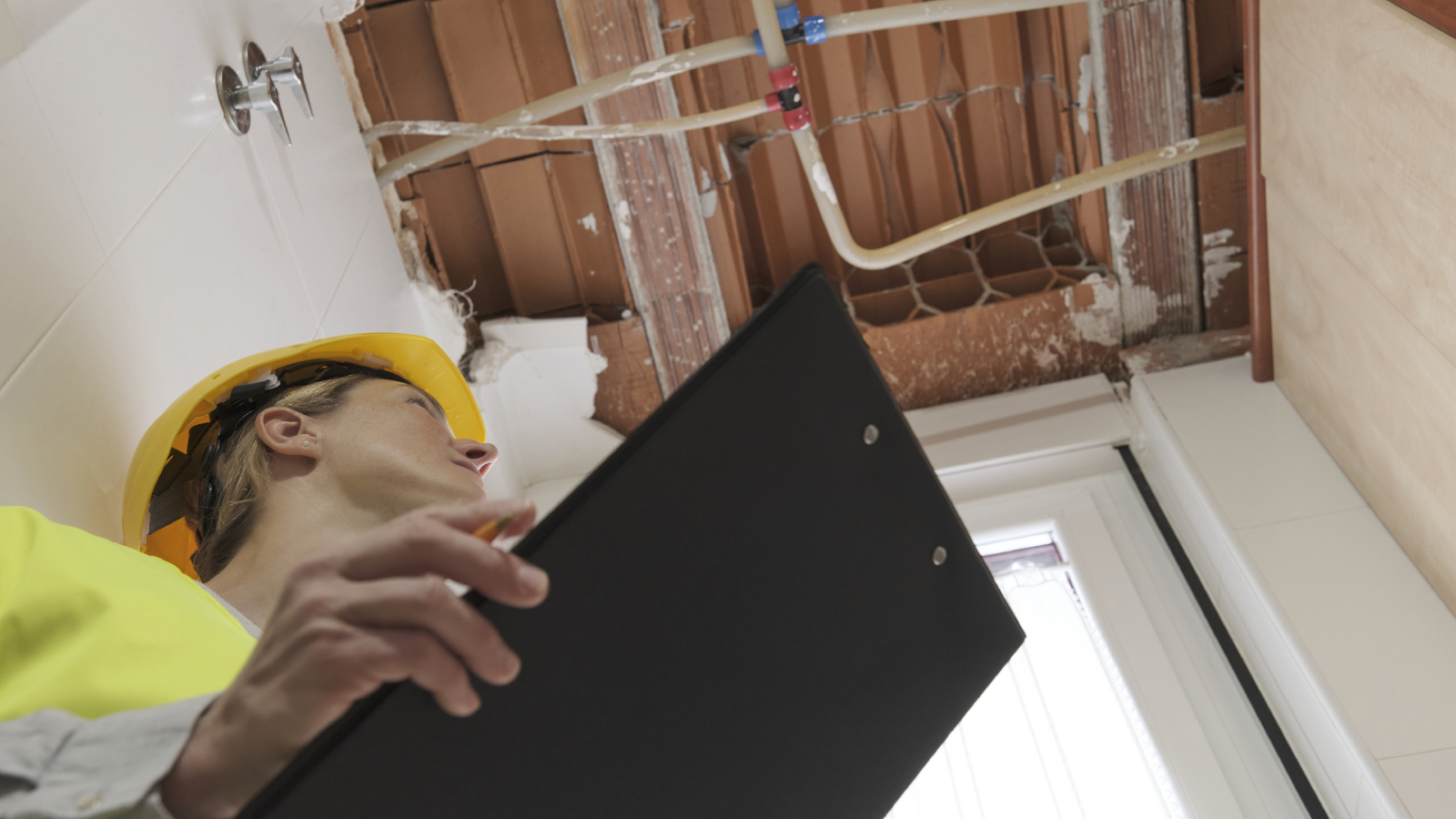What’s the best flooring for a boot room? Experts weigh in
Discover boot room flooring ideas and expert tips to help you choose a surface that's stylish, durable, waterproof and easy to clean

When it comes to hardworking areas of the home, your boot room flooring might just top the list. It’s the first line of defence between the great outdoors and your carefully curated interiors, working diligently to catch the worst of the mud, mess and mayhem that life (and British weather) throws at it.
Benches and coat hooks are all well and good, but if the floor can’t handle muddy boots and wet dogs, the whole setup falls apart. That's why your choice of floor needs to be tough and durable, while still looking stylish and working with the rest of your home. From materials that can withstand heavy traffic and moisture, to clever flooring ideas that help define the space, this guide covers everything you need to know before making that all-important flooring decision, including practical tips from industry experts who know exactly what works (and what doesn’t).
Why your choice of boot room flooring matters
“Your boot room floor has a lot to deal with,” says Christian Roberts at MyJobQuote.co.uk. Especially if the space doubles as a pet station, laundry drop zone or shoe store. “It needs to be tough, non-slippery, and attractive.”
Claire Ryan at Karndean Designflooring agrees: “A boot room floor needs to work hard – really hard.” The key, she says, is choosing something not only hardwearing, but also moisture-resistant and easy to maintain. “It has to stand up to scratches, pet claws, and be easy to clean after a day outdoors.”

Claire Ryan is PR and Digital Manager at Karndean Designflooring, specialising in luxury vinyl flooring and leading strategic communications across the interiors and design sector.
Why is it important to prepare your subfloor?
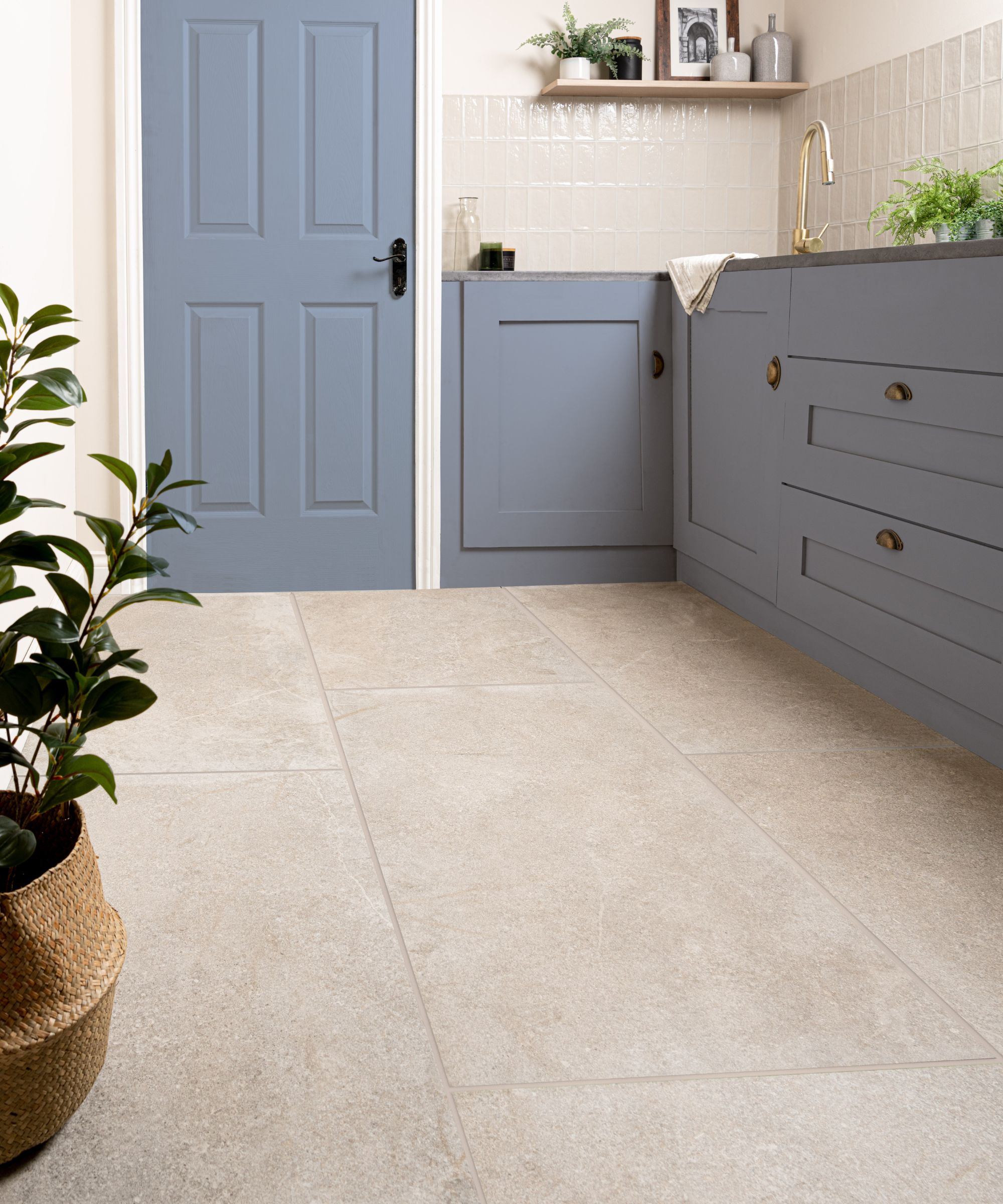
Even the most hardwearing boot room floor will fall short if the surface beneath it isn’t properly prepared. A damp, uneven or neglected subfloor is one of the quickest ways to undermine your investment.
“Damp proofing is an absolute must before installing any type of flooring,” says Paul Kerr, building and flooring specialist at Beatsons. “If damp sets in underneath, you’re in for trouble down the line, no matter what style of flooring you install.”
Paul Hambidge, managing director at Factory Direct Flooring, agrees – and stresses the importance of checking moisture levels before laying anything new. “Subfloors should be dry before you install flooring… look for less than 75% humidity.” He adds that concrete can take up to a day per millimetre to dry, so allowing enough time is essential. A handheld moisture meter (also called a hydrometer) is a worthwhile tool for the job – the Dryzone Moisture Meter Detector from Amazon is an affordable choice at just £19.99.
Bring your dream home to life with expert advice, how to guides and design inspiration. Sign up for our newsletter and get two free tickets to a Homebuilding & Renovating Show near you.
If your subfloor is uneven or damaged, sorting it out before installation will pay off in the long run. “The subfloor needs to be level to ensure the new flooring can be fitted correctly,” says Colin Lincoln-Evans, buyer at Tile Mountain. “If you’re installing floor tiles, uneven surfaces can be corrected with a self-levelling compound. But if you fail to do this beforehand, even minor irregularities can be magnified in the finished floor.”
For laminate and similar floating floors, underlay can help mask minor imperfections and protect against moisture. “Underlay, especially one with a moisture barrier, can help prevent your top floor from mould, mildew, and moisture that may come through the subfloor,” says Hambidge.
And if you’re opting for luxury vinyl, your installation method matters. “If you're installing a gluedown LVT, it requires a completely smooth and even surface,” explains Claire Ryan at Karndean. “Click-lock LVT can be a bit more forgiving, but proper prep is still essential for performance and longevity.”

Paul Kerr is a building and flooring specialist at Beatsons Building Supplies Limited, where he advises homeowners and trade professionals on durable, practical solutions for high-traffic areas like boot rooms.

Paul has 32 years of flooring industry knowledge and experience from both an installation and manufacturing perspective. He started out as installer of very large commercial flooring projects for multiple retailers.
What are the best flooring options for boot rooms?
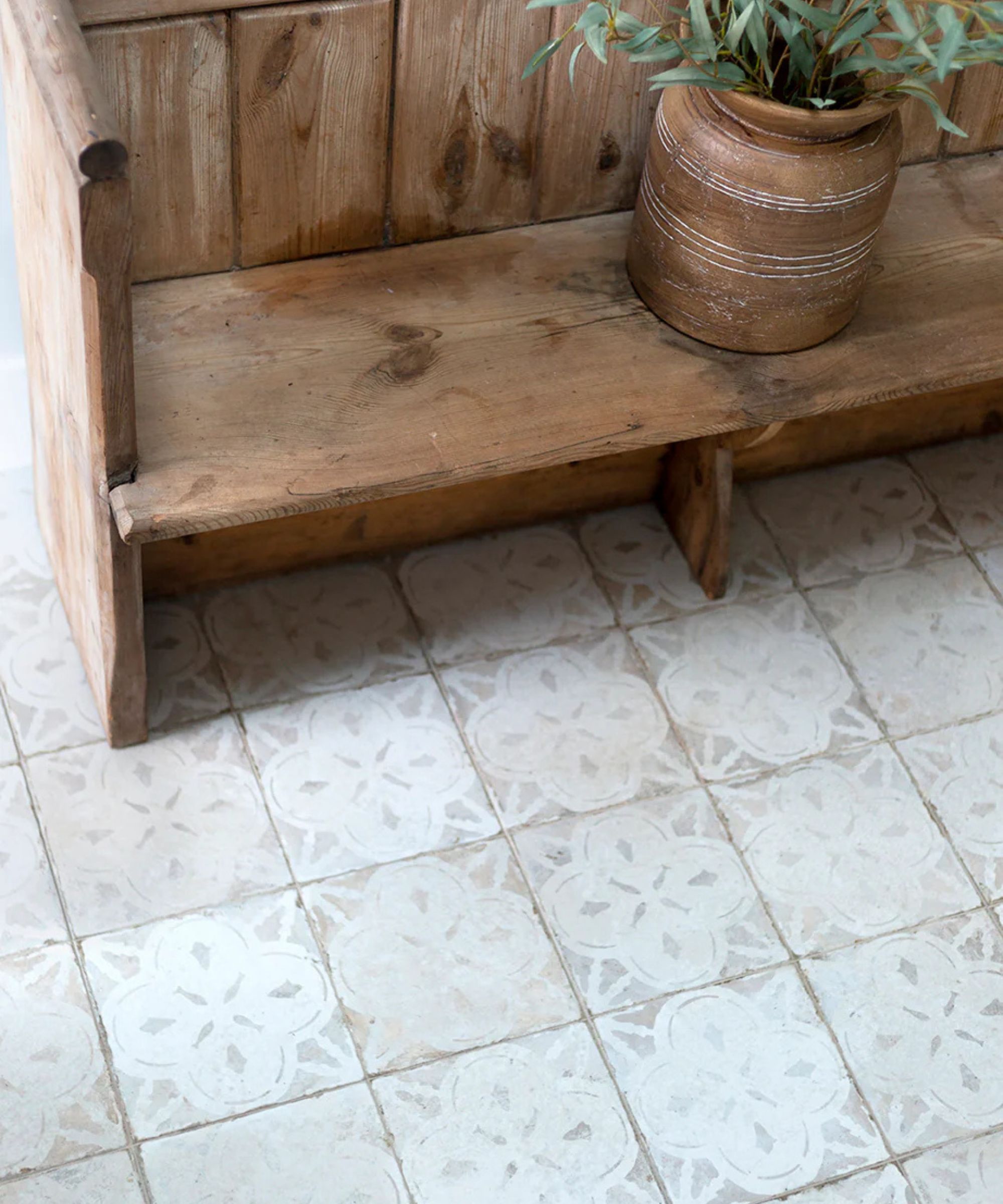
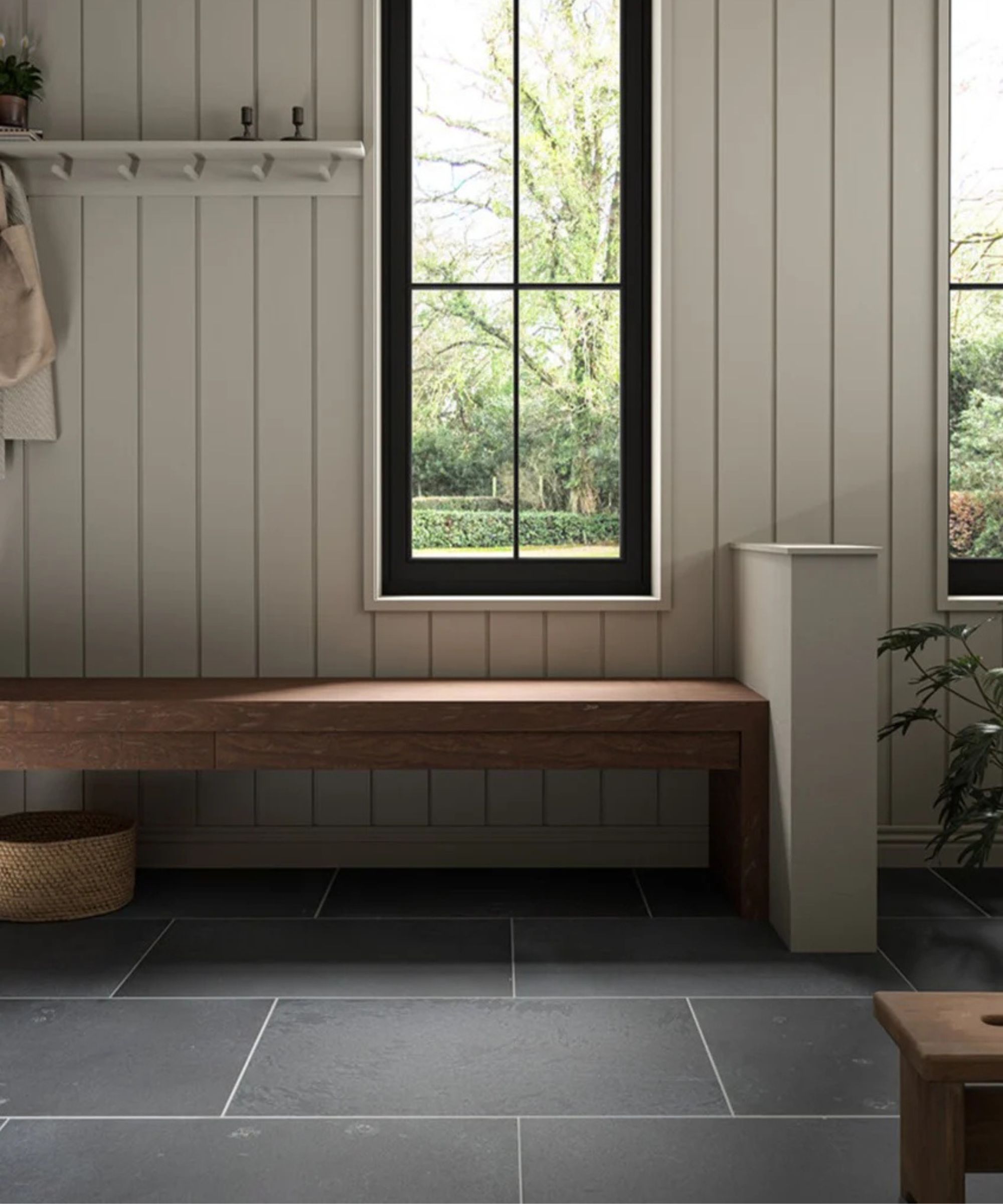
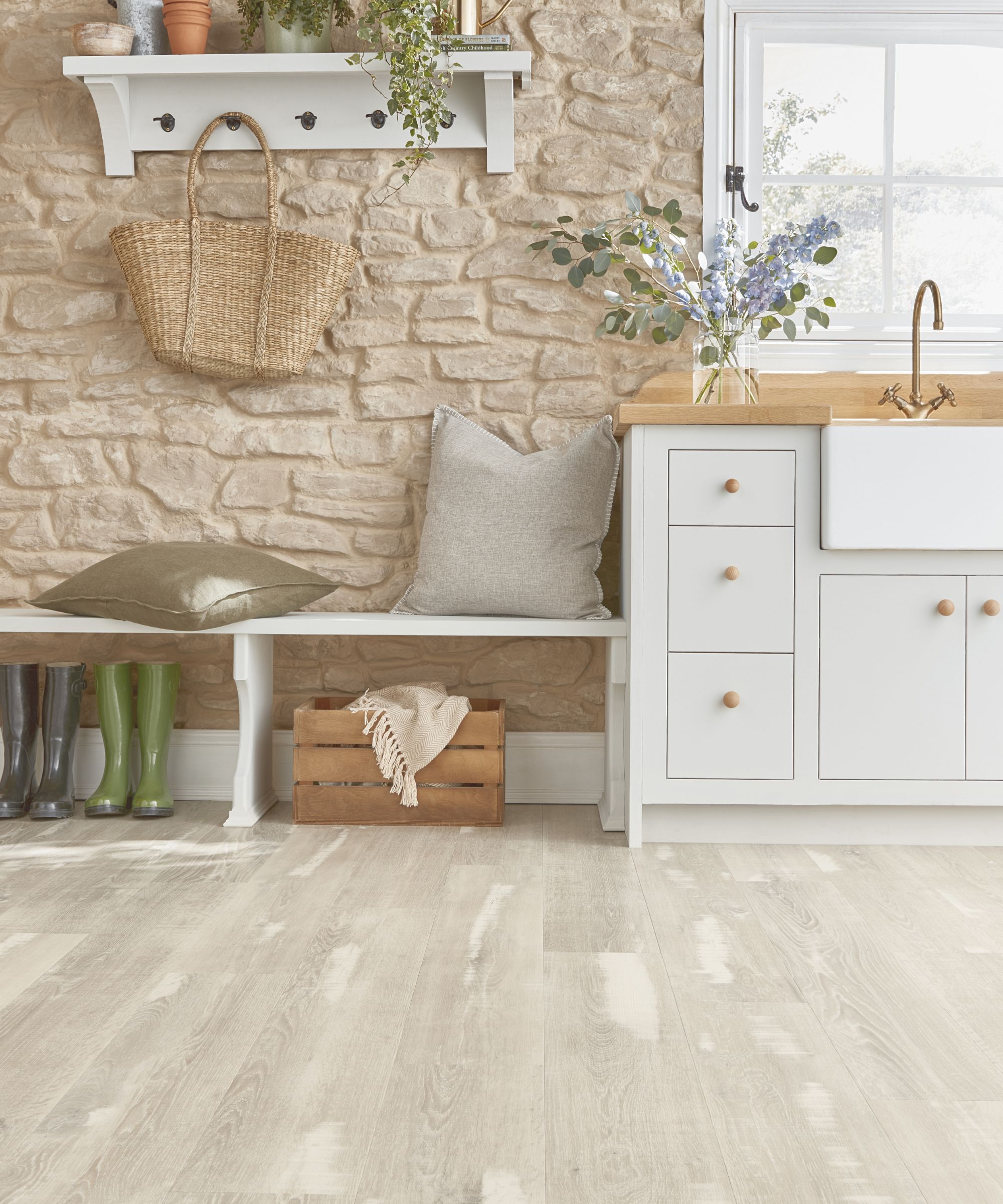
Luxury Vinyl Tile (LVT): Low maintenance, high durability
“Luxury vinyl flooring (LVT) is such a smart choice for bootility rooms,” says Claire Ryan at Karndean Designflooring. “This type of flooring is designed to be durable, waterproof and low maintenance, making it perfect for busy family homes.”
LVT mimics natural stone or wood beautifully, but without the upkeep. It’s warm underfoot, ideal for homes with pets or children, and won’t scratch easily. For those seeking a quick install, click-lock systems are forgiving and fast, but if you want a sleeker, glued-down finish, it’s best to hire a professional installer.
Maintenance tip: Cleaning vinyl flooring is fairly straightforward. Sweep or vacuum regularly to remove daily mess, and mop weekly with a mild floor cleaner. Avoid steam mops, as they may damage the adhesives.
Porcelain tiles: Tough and timeless
“Porcelain floor tiles are an excellent choice,” recommends Colin Lincoln-Evans. “They’re denser and less porous than ceramic, making them resistant to water, stains and scratches. They're also generally available in slip-resistant finishes, which can be essential in wet weather.”
Isabel Fernandez, marketing director at Quorn Stone, agrees: “Porcelain benefits from being near enough stain resistant and does not require sealing, making it an increasingly popular option for high-traffic areas.”
If aesthetics top your list of concerns, porcelain tiles are available in a huge variety of styles, from classic stone effects to decorative patterned designs. “Opting for patterned porcelain tiles, such as encaustic-look or geometric motifs, can instantly add character and make the room feel like a considered part of the home,” adds Colin.
Maintenance tip: Porcelain tiles are easy to keep clean. Sweep regularly and mop with warm water or a pH-neutral cleaner. Avoid bleach-based products, which can erode grout over time.

Isabel Fernandez is marketing director at Quorn Stone, and carries a wealth of experience and expertise from sourcing premium tiles globally, to leading the brand's growth and awareness.
Natural stone: Beauty with backbone
"Natural stone flooring is a durable and practical choice for a boot room, loved for its hardwearing nature and forgiving surface,” explains Isabel Fernandez. “These floors are relatively low maintenance to clean and provide the longevity of a floor that will last for years to come.”
Stone finishes – like slate, limestone or travertine – look especially beautiful in period properties. But Isabel cautions that it’s important to ensure the substrate is flat and even before installation, as this guarantees a proper finish without lippage or weak points.
“Natural stone will need sealing upon installation and resealing approximately every 4–6 years,” she explains. “However, its dense surface and natural detailing are very forgiving when it comes to hiding day-to-day dirt and mud.” In return for a little TLC, you get a floor that ages gracefully and hides mess well.
Maintenance tip: Use a stone-safe, non-acidic cleaner, and clean up spills promptly to prevent staining.
Rigid Core Click Flooring: Affordable and Reliable
“For boot rooms, durability is everything,” says Paul Kerr at Beatsons. “Rigid Core Click is a bit more of an affordable option and has similar benefits to hardwood, while also being waterproof and durable—perfect for heavy foot traffic!”
These interlocking panels are quicker to lay than stone or tile, and they offer the waterproof resilience of LVT with the appearance of more traditional flooring. It’s a solid mid-range choice that balances performance and price.
Maintenance Tip: Clean these floors just like LVT flooring – with regular sweeping or vacuuming followed by a damp mop and gentle detergent floor cleaner.
Brick Slip Tiles: Traditional and Textural
For heritage homes, rustic options like brick or matt ceramic tiles can beautifully complement the property's character. “The best options for boot rooms are limestone, travertine tiles, brick or matt ceramic tiles,” says Christian Roberts.
Colin Lincoln-Evans notes that brick flooring adds warmth and texture to a boot room, and that “using a herringbone or brick-bond layout adds visual interest that can help elongate the space or make it feel wider, depending on direction.”
Maintenance Tip: Seal porous materials like brick during installation. Sweep regularly and clean with a neutral cleaner. Avoid acidic products, which can break down sealants and damage surface finishes.
Shop Boot Room Flooring Ideas
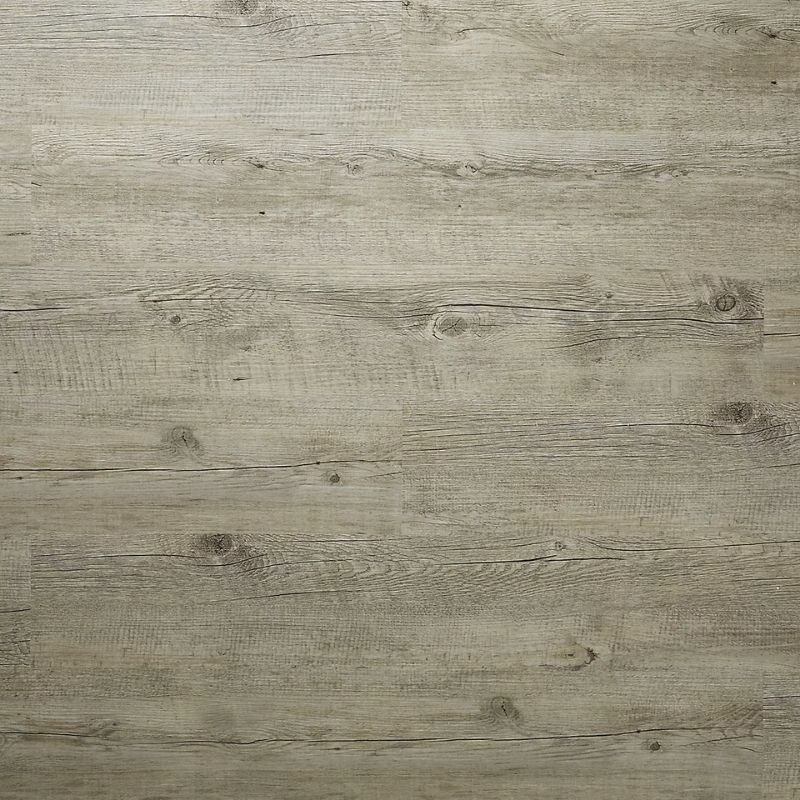
This versatile vinyl flooring replicates real wood and is easy to lay with simple click fitting system installation. Plus, it can be cut easily with just a utility knife leaving little mess.

These terracotta effect porcelain tiles are a durable porcelain interpretation of traditional terracotta tones and textures but in a lighter shade.
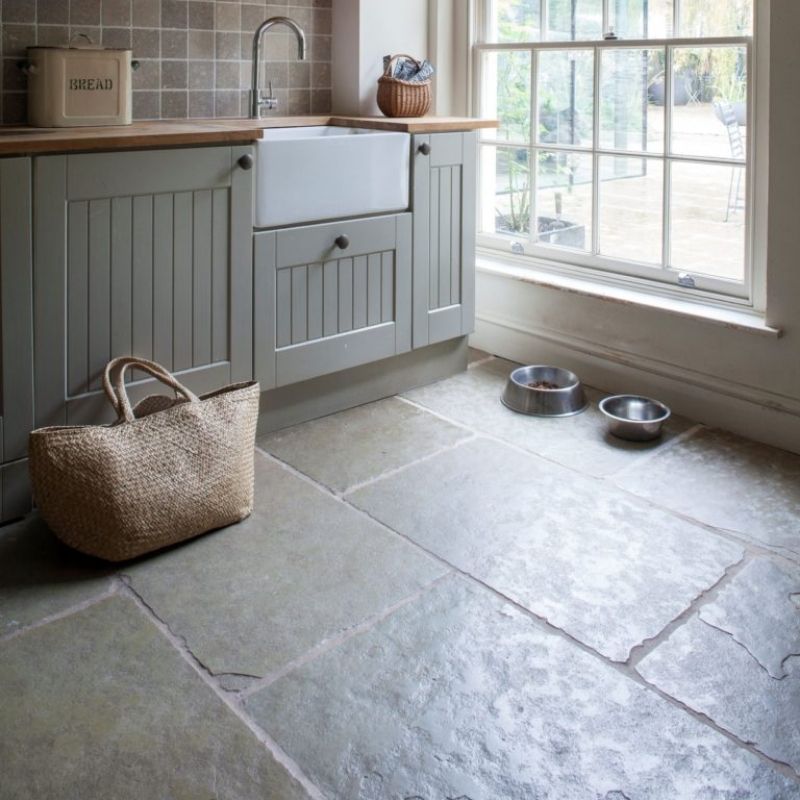
Reminiscent of an original flagstone floor, these large format floor tiles are hard-wearing stone and offer muted shades of greys, sage greens and a hint of yellow.
Final Touches
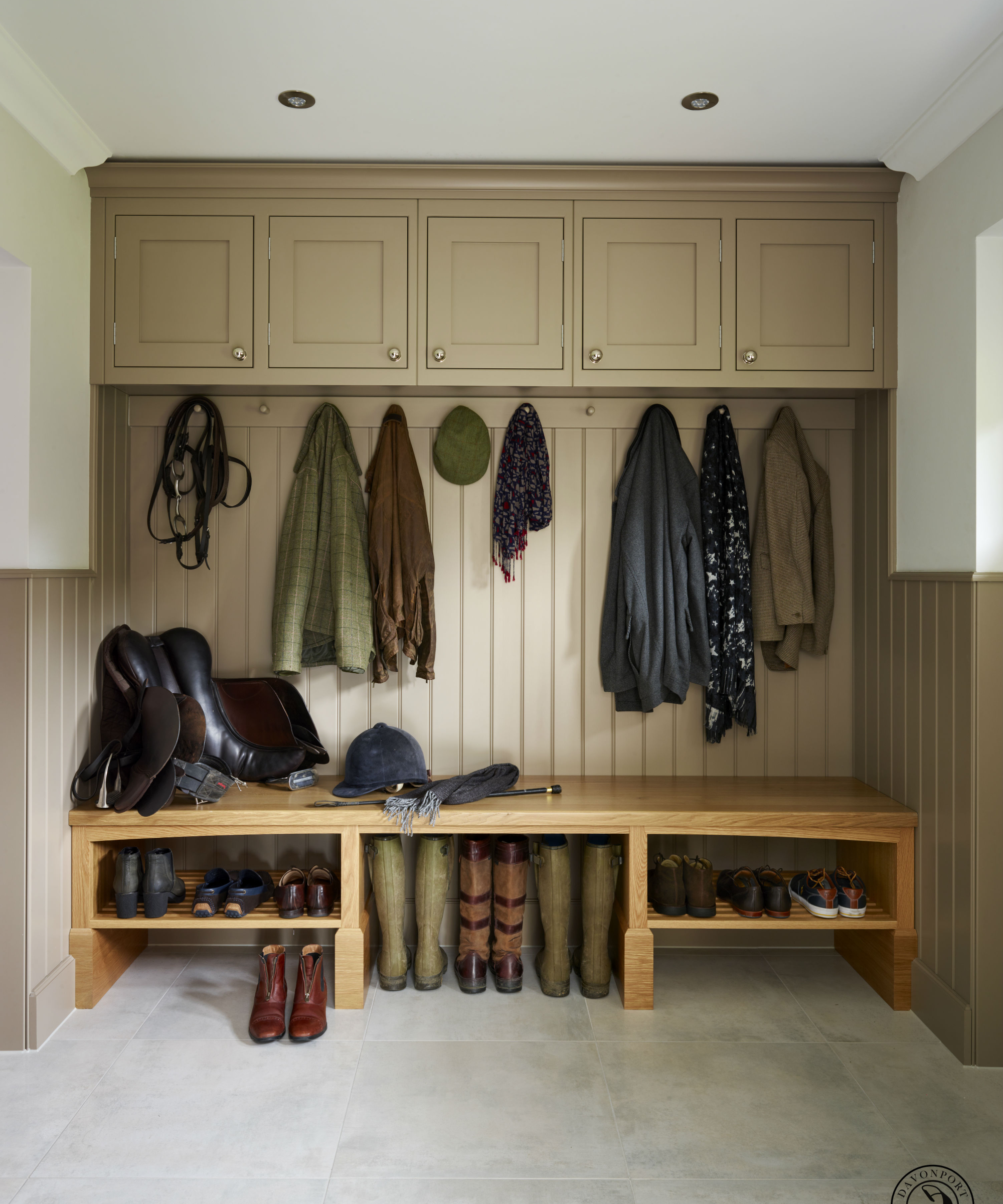
Once you’ve settled on your flooring material, a few smart finishing touches can help it perform even better.
“An outdoor boot scraper and door mats placed outside and inside the doorway can significantly reduce dirt and moisture being brought in,” says Colin Lincoln-Evans at Tile Mountain. This layered approach helps trap the worst of the mess before it ever hits the floor.
If you want the space to work a little harder in colder months, underfloor heating is well worth considering. “This space is designed to store wet and muddy items and dry off your dogs before letting them into other parts of your home,” explains Christian Roberts. “So it makes sense to have it warm underfoot.”
FAQs
Can you use hardwood flooring in a boot room?
While undeniably beautiful, wooden flooring isn’t the most practical choice for a boot room. It needs careful sealing, especially around wet areas, and regular upkeep to stay looking its best. These floors may therefore be better suited to well-ventilated spaces or homes where mud and mess is the exception, not the norm.
Do I need to seal my boot room flooring?
It depends on the material. Natural stone and brick must be sealed to prevent staining and moisture damage. LVT and porcelain tiles usually don’t require sealing, although grout lines may benefit from sealing to avoid discolouration over time.
What should you consider when it comes to cleaning and maintaining boot room floors?
"You should always keep an eye out for moisture when it comes to maintaining your floors in boot rooms and similar spaces," says Paul Kerr, building and flooring specialist with Beatsons. "Even if your flooring is water resistant, as most LVTs claim to be, they aren't totally waterproof. Cleaning up large pools of water and mud as soon as possible just makes it last that bit longer. Stone and tile flooring can fade/dull over time if any dust and dirt isn't cleaned away, sweeping and mopping with mild detergents and floor cleaners will help these surfaces keep their form."
Looking for more ways to maximise your space? Pair your chosen flooring with clever boot room storage solutions to keep shoes, coats and muddy kit organised and out of the way.

Gabriella is an interiors journalist and has a wealth of experience creating interiors and renovation content. She was Homebuilding & Renovating's former Assistant Editor as well as the former Head of Solved at sister brand Homes & Gardens, where she wrote and edited content addressing key renovation, DIY and interior questions.
She’s spent the past decade crafting copy for interiors publications, award-winning architects, and leading UK homeware brands. She also served as the Content Manager for the ethical homeware brand Nkuku.
Gabriella is a DIY enthusiast and a lover of all things interior design. She has a particular passion for historic buildings and listed properties, and she is currently in the process of renovating a Grade II-listed Victorian coach house in the West Country.

